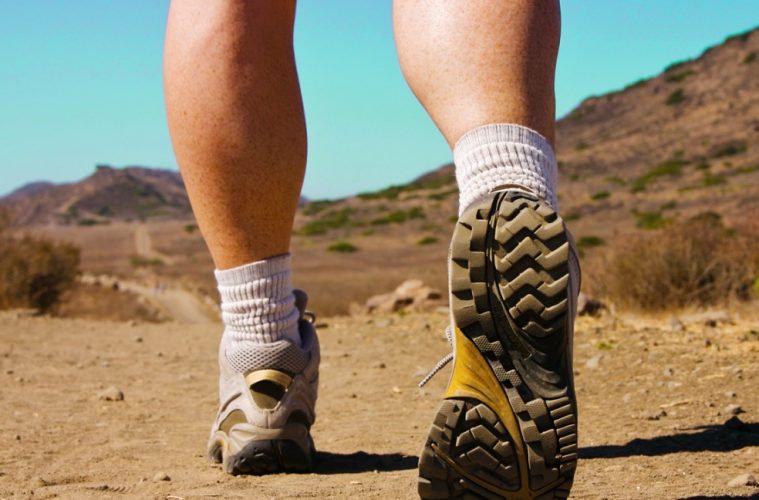Some people feel pain after walking or hiking. One of them is a kind of twinge in the ribs. If you experience sudden, acute discomfort, this is because the muscle in the diaphragm, expanding the lungs and contracting the abdomen, spasms because normal blood flow is blocked. If so, stop, breathe slowly and massage the painful area until it is relieved.
Shin splints are also very common. Annoyances in the front of the legs are common among novice hikers who exert excessive effort, contracting their muscles due to overload. To avoid this, gradually increase your distance and steps and warm up beforehand. If it doesn’t alleviate, try changing into sports shoes.
Others are heel pains. They may be due to plantar fasciitis, inflammation of the connective tissue in the muscle on the sole, inflammation of the heel fat pad, or the presence of a spur in the heel bone called the calcaneus. It usually relieves itself by stretching the calf muscles.
You can do this by wearing better shoes or putting on orthoses, insoles to discharge the fascia. It’s also very helpful to wear silicone heels inside your sneaker or shoe. In this case, wear loose shoes. To alleviate pain, massage gently and circle the entire sole with a tennis or golf ball.
What Can I Do To Avoid Getting Bored On A Route While Walking?
Lone paths are a good place to make gait variations as they allow you to speed up in one place and/or slowdown in another. In addition, they allow you to listen to music on an mp3 player, if the route is safe and do not cross any street with traffic, in addition to practicing special techniques.
Regardless of the type of route chosen, you can use a watch or a stopwatch to keep track of your steps and record your times or use many of the mobile applications that you can download. Letting your mind wander, observing the details of the landscape, or taking a tape recorder to dictate letters to friends or family are other fun options.

